Digital Biology
Across the world, plants take many forms, and their shapes can be an unlimited source of inspiration. Plants embody a lot of patterns that are common in nature—bilateral and rotational symmetry, spirals, and Fibonacci sequences.
In this visual research, we studied how shapes of plants are formed and how those natural patterns can be mixed with unconventional materials.
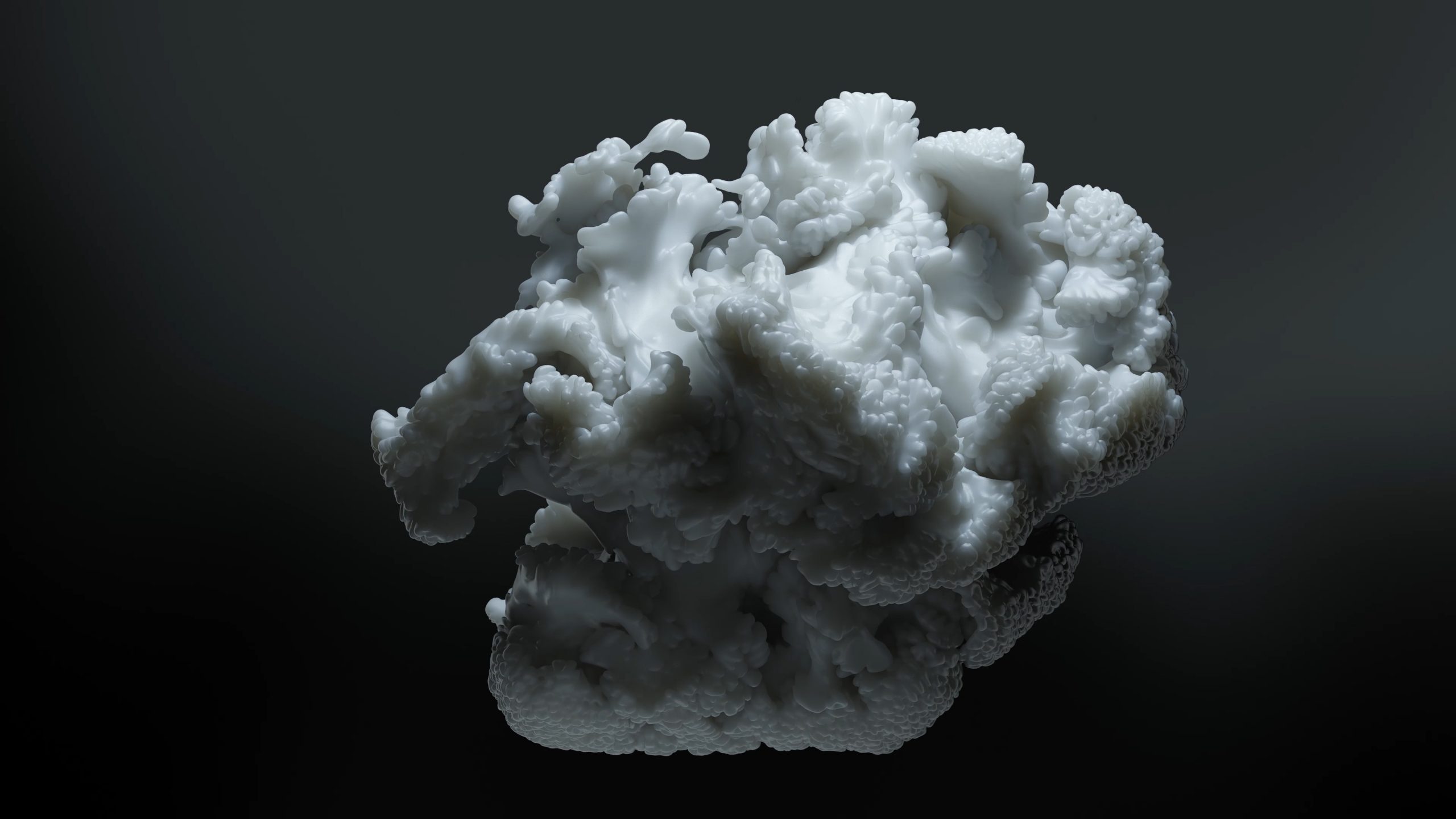
Types of symmetry
Quite distinctively the diversity of shapes and patterns is manifested in various forms of flowers. Flowering plants appeared on our planet as a result of a mutation—in an ancestor of modern plants, an amount of genetic material doubled, and some of the extra genes changed their initial function, bringing about the new part of plants.
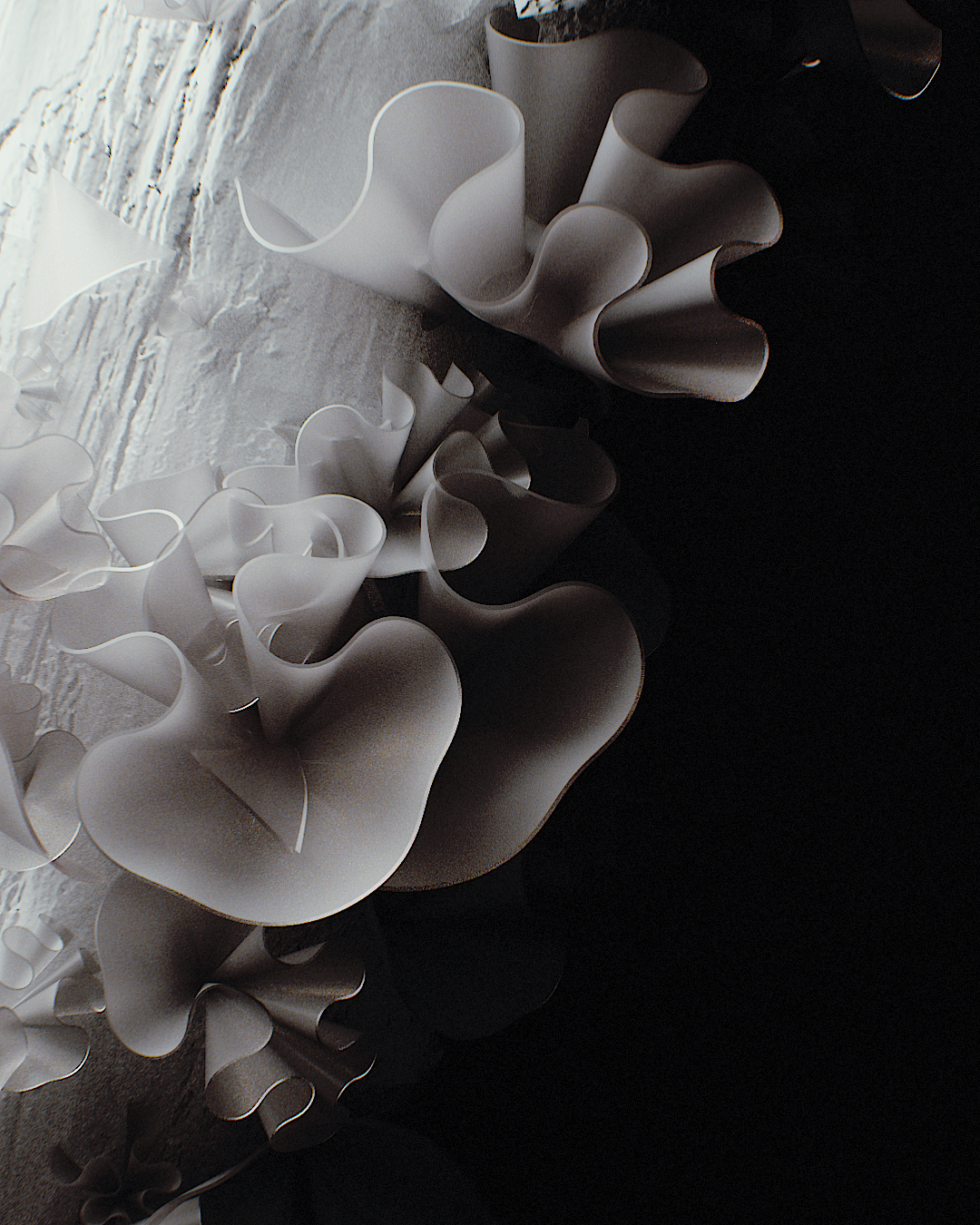
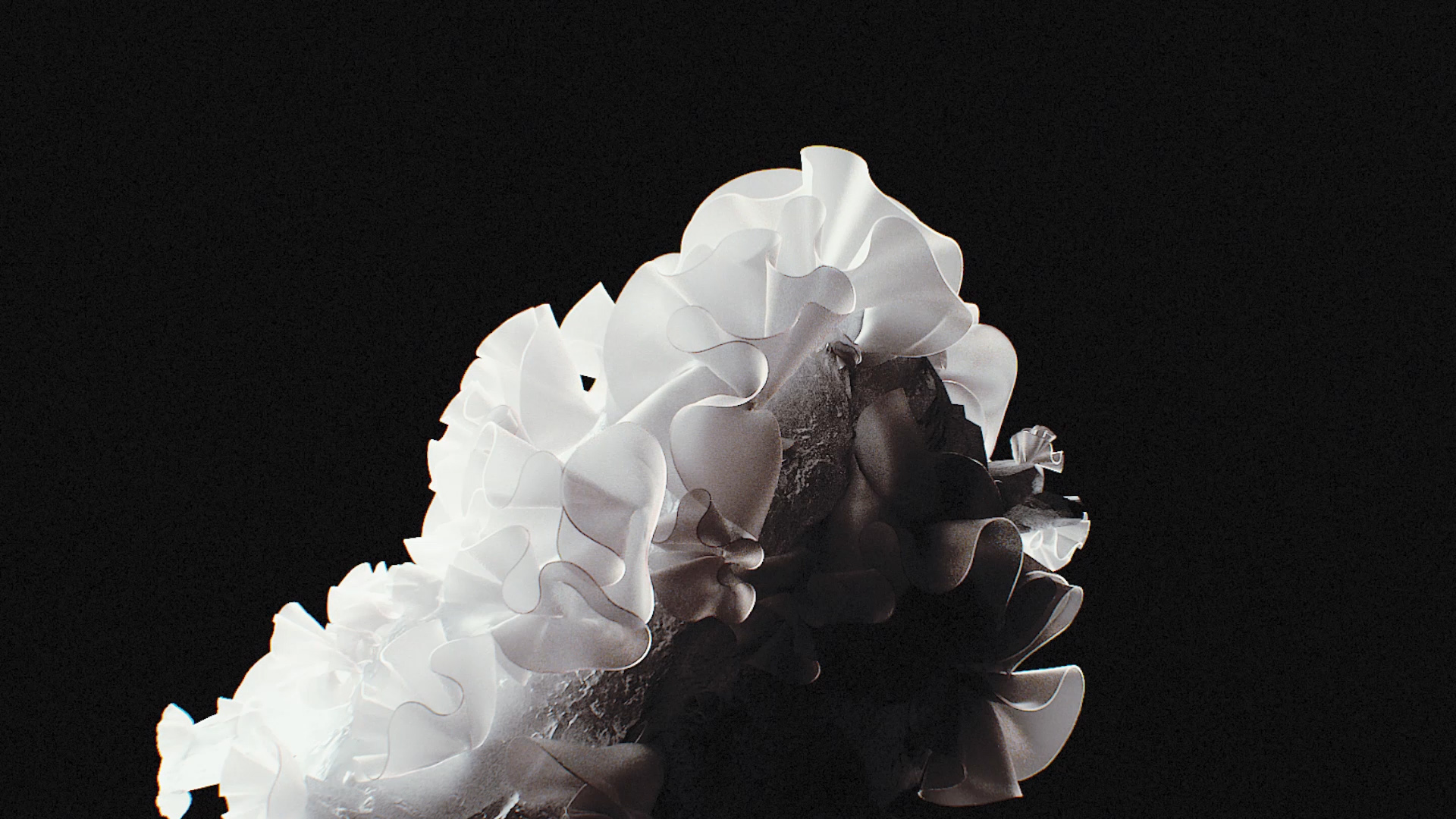
Since their emergence, flowering plants spread across the planet surprisingly fast and now are a dominant plant group on Earth. One of the most important features for studying the evolution of plants is the flower shape. Comparing arrangements of petals, sepals, carpels, and stamens, biologists traced back the origin of flowering plants and pinpointed some of the predecessors of modern flora.
For means of research, flowers are presented in their simplified form—floral diagrams, which allow seeing patterns and symmetry in the colorful chaos of a flower. The most noticeable patterns in floral diagrams are bilateral and rotational symmetry. There is evidence that they are important clues for pollinators—insects and birds—and certain species prefer only one type of symmetry.
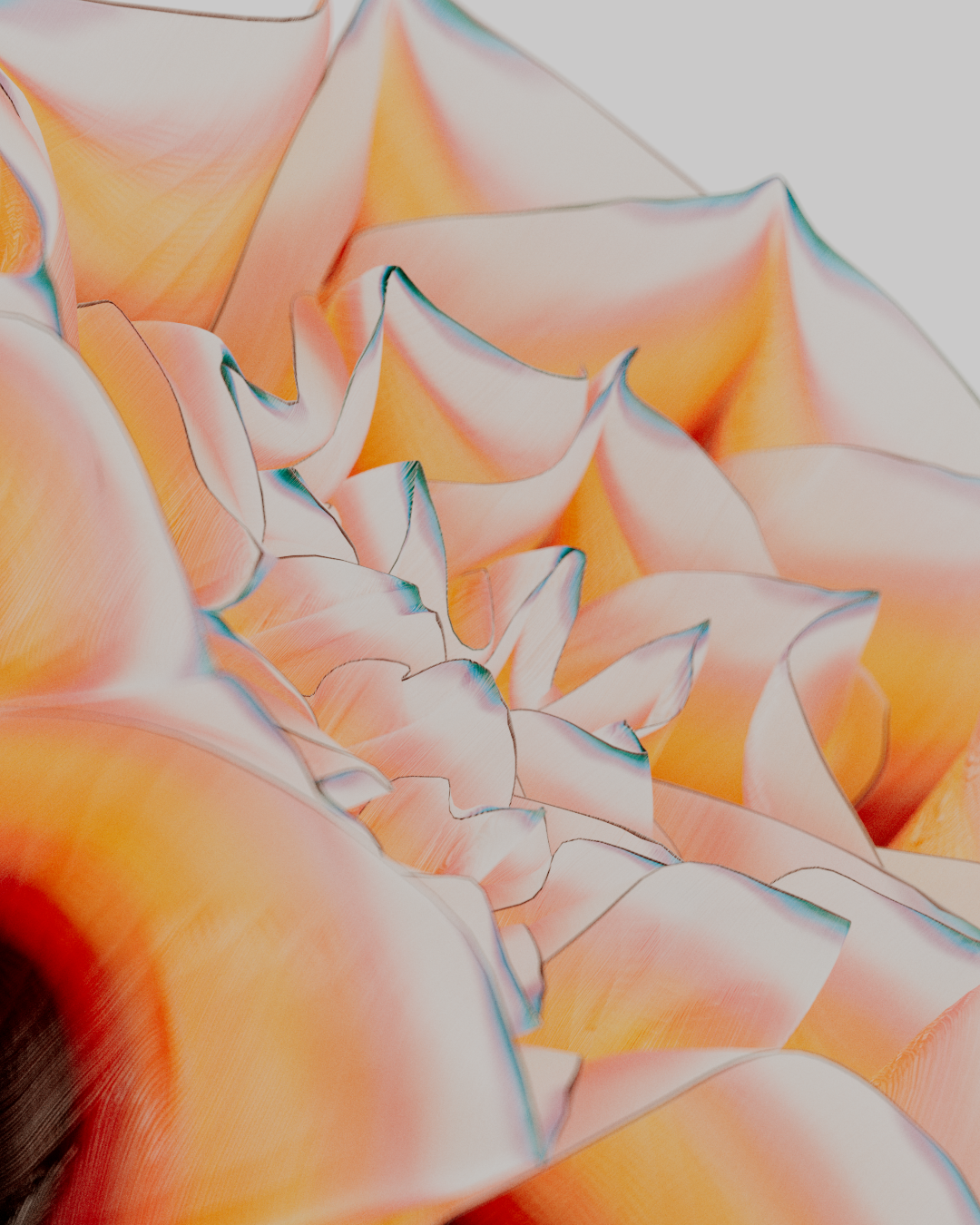
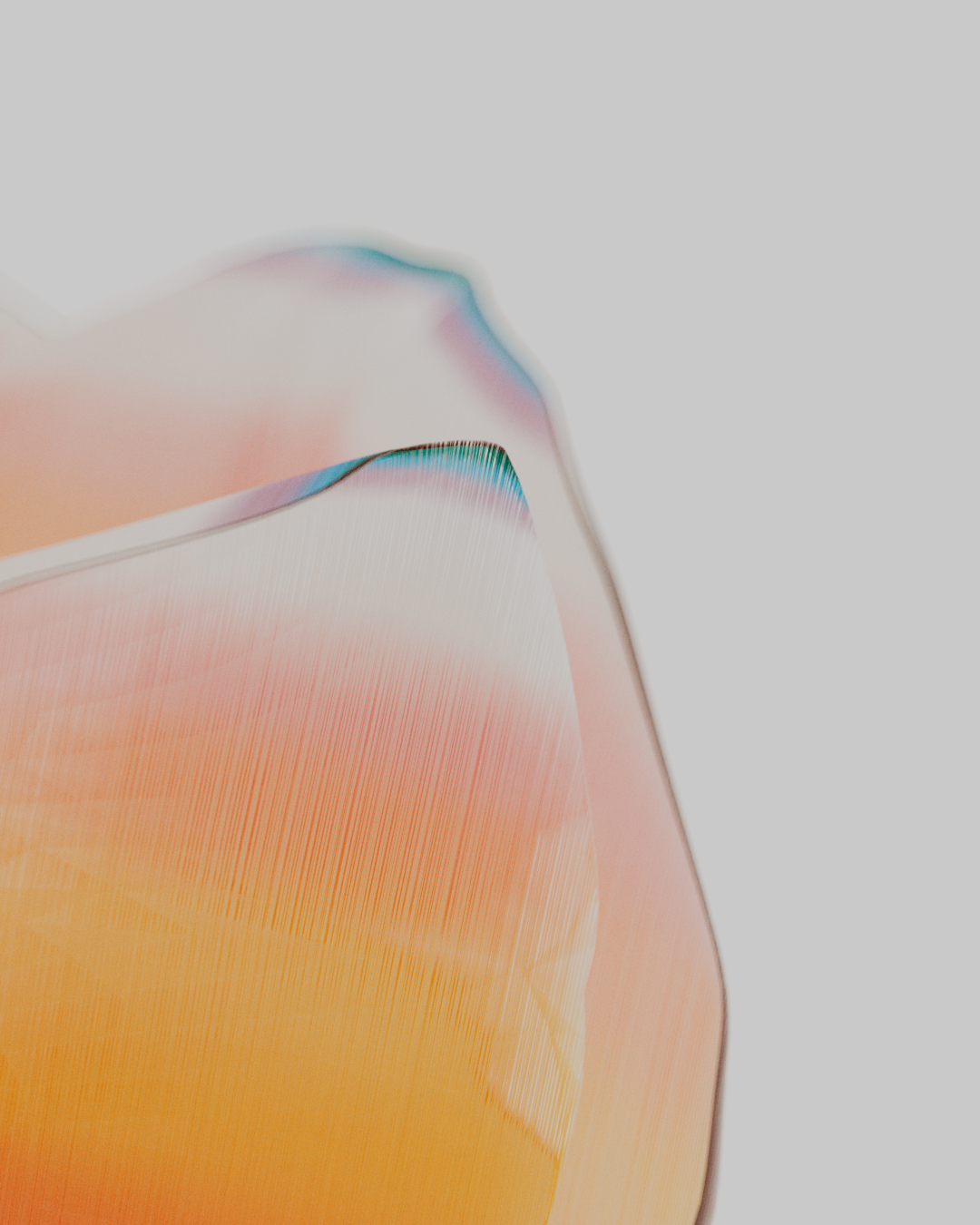
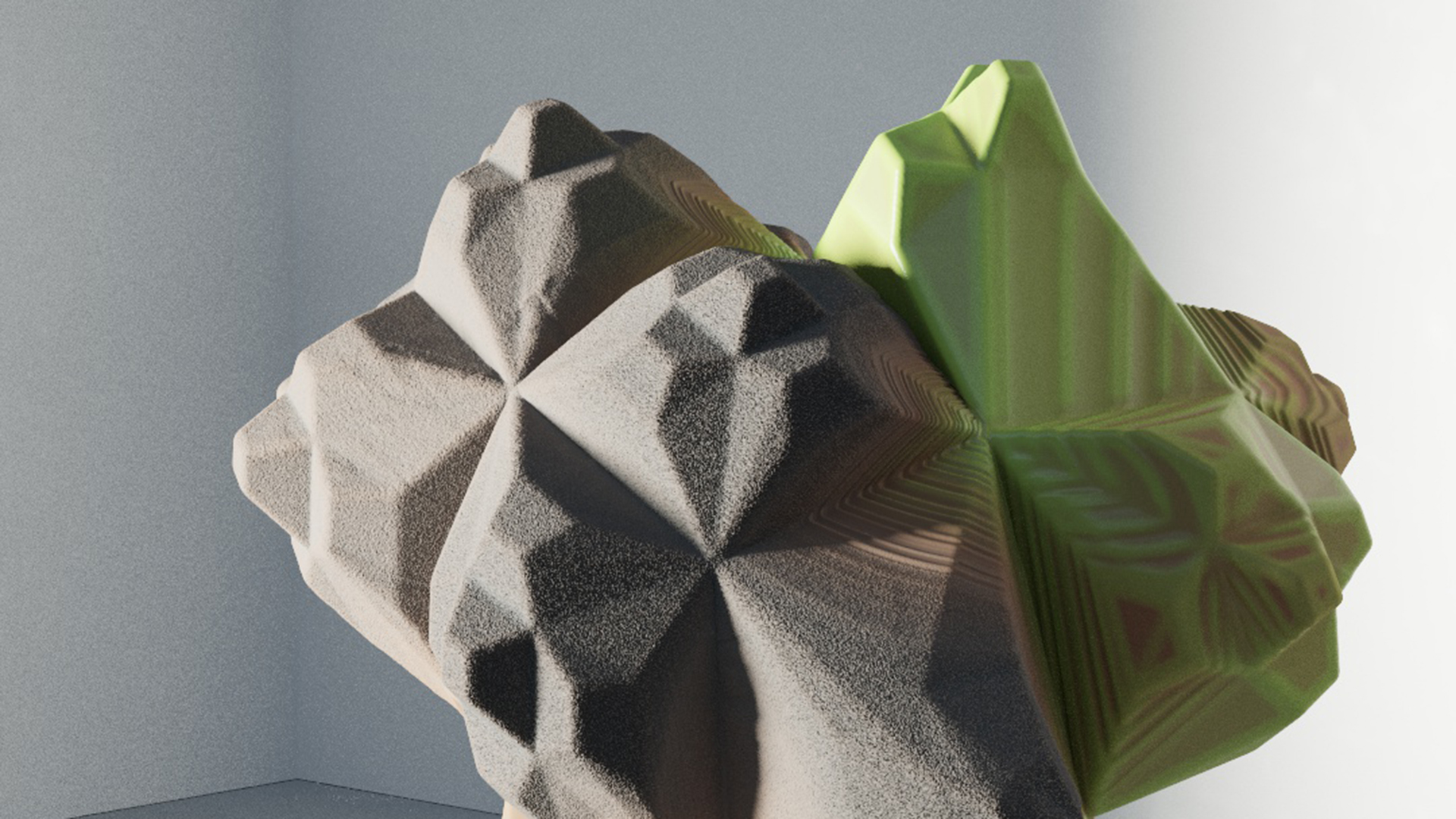
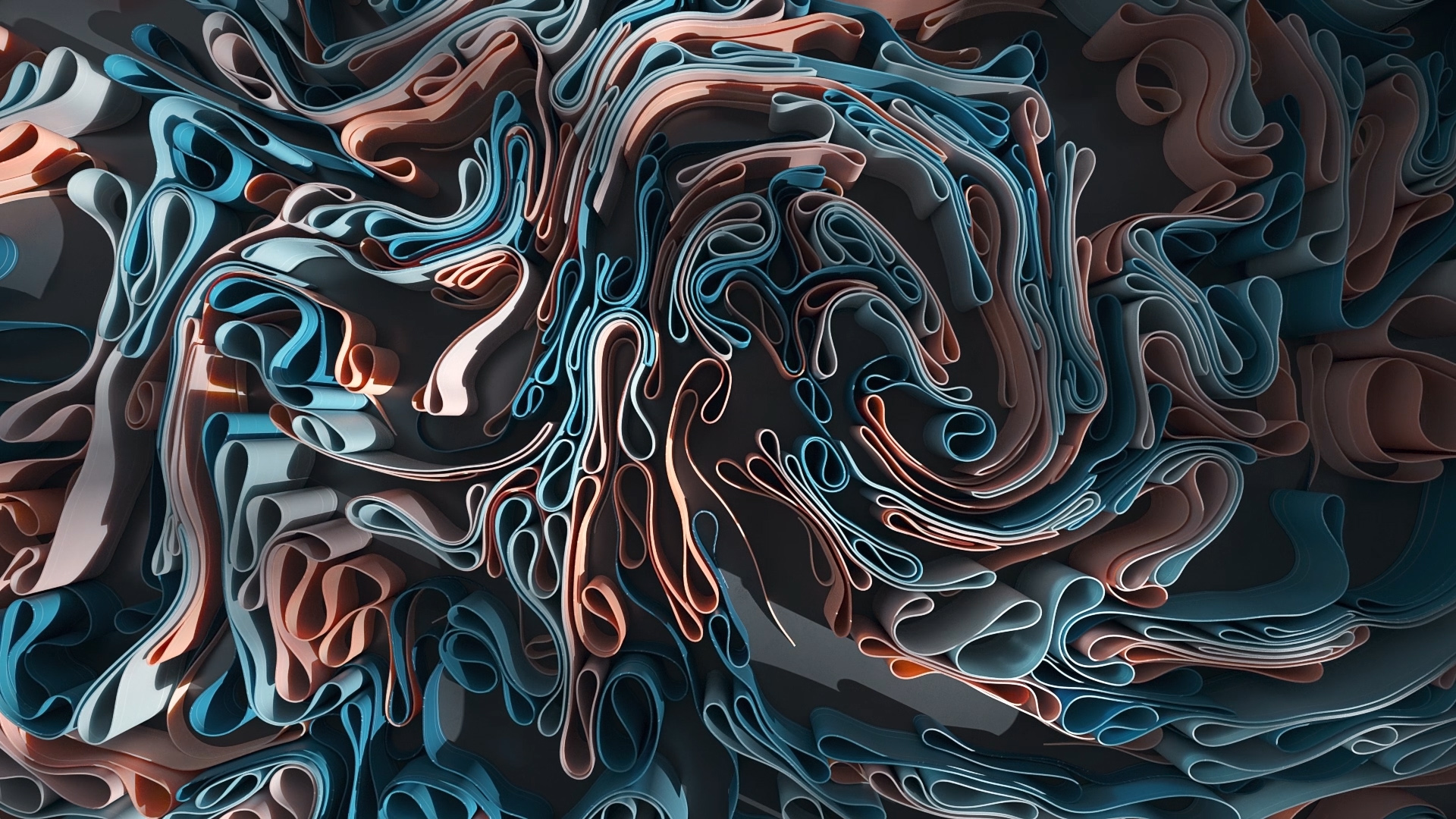
A symmetrical flower is associated with the higher quality and quantity of nectar, and animals have an innate preference for symmetrical forms. For example, in one experiment, honeybees, which usually prefer rotationally symmetric shapes, were trained to choose either bilaterally symmetrical or asymmetrical objects.
Even in this case, the group that favored symmetrical shapes chose those forms more frequently and observed those patterns for a longer time than the bees that were trained to asymmetry.
This preference for symmetry can be observed in other animals, even in humans. Supposedly, this mechanism is a part of a larger tendency of looking for patterns in an environment that helps animals navigate and find food and resources more effectively.
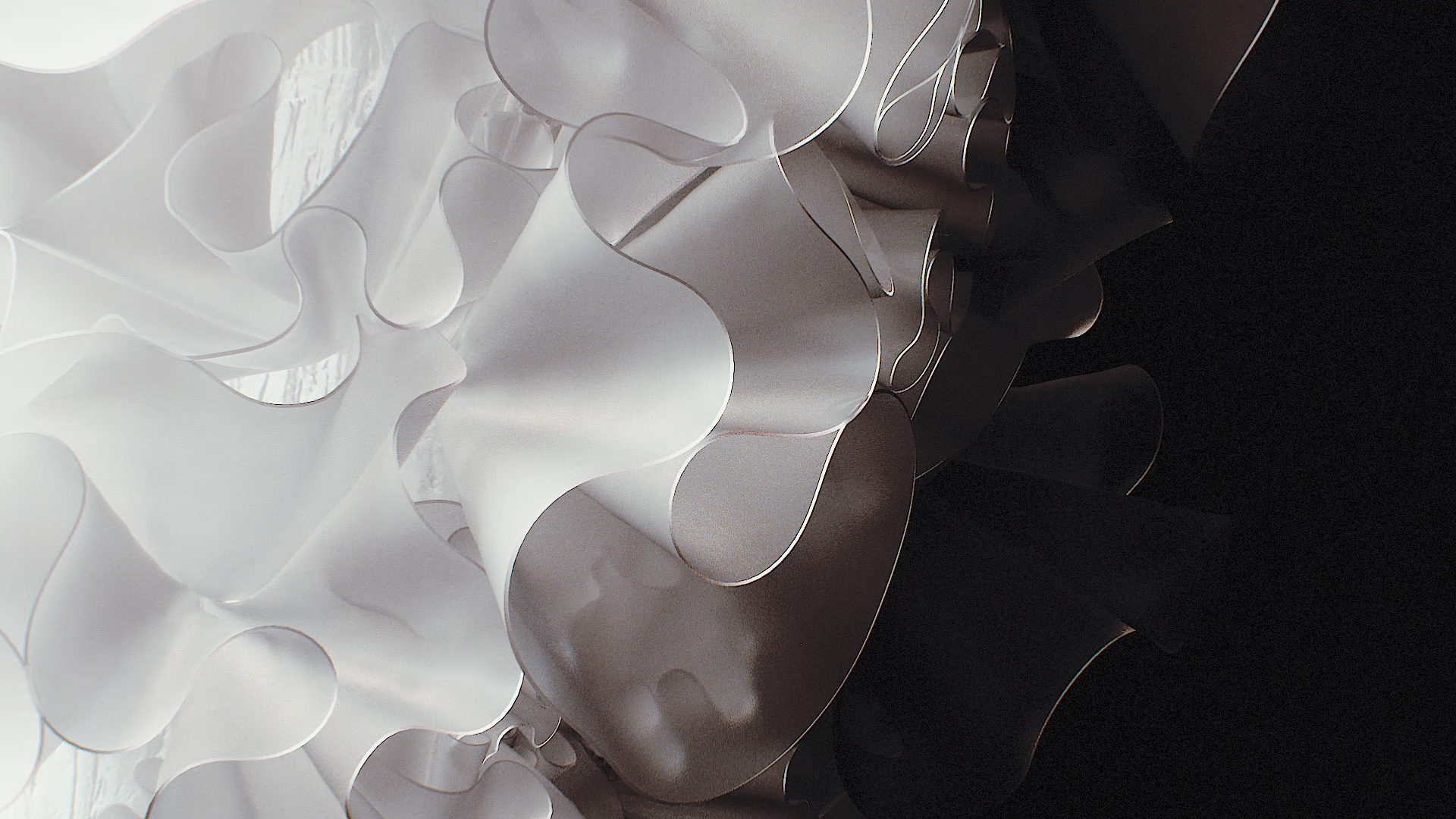

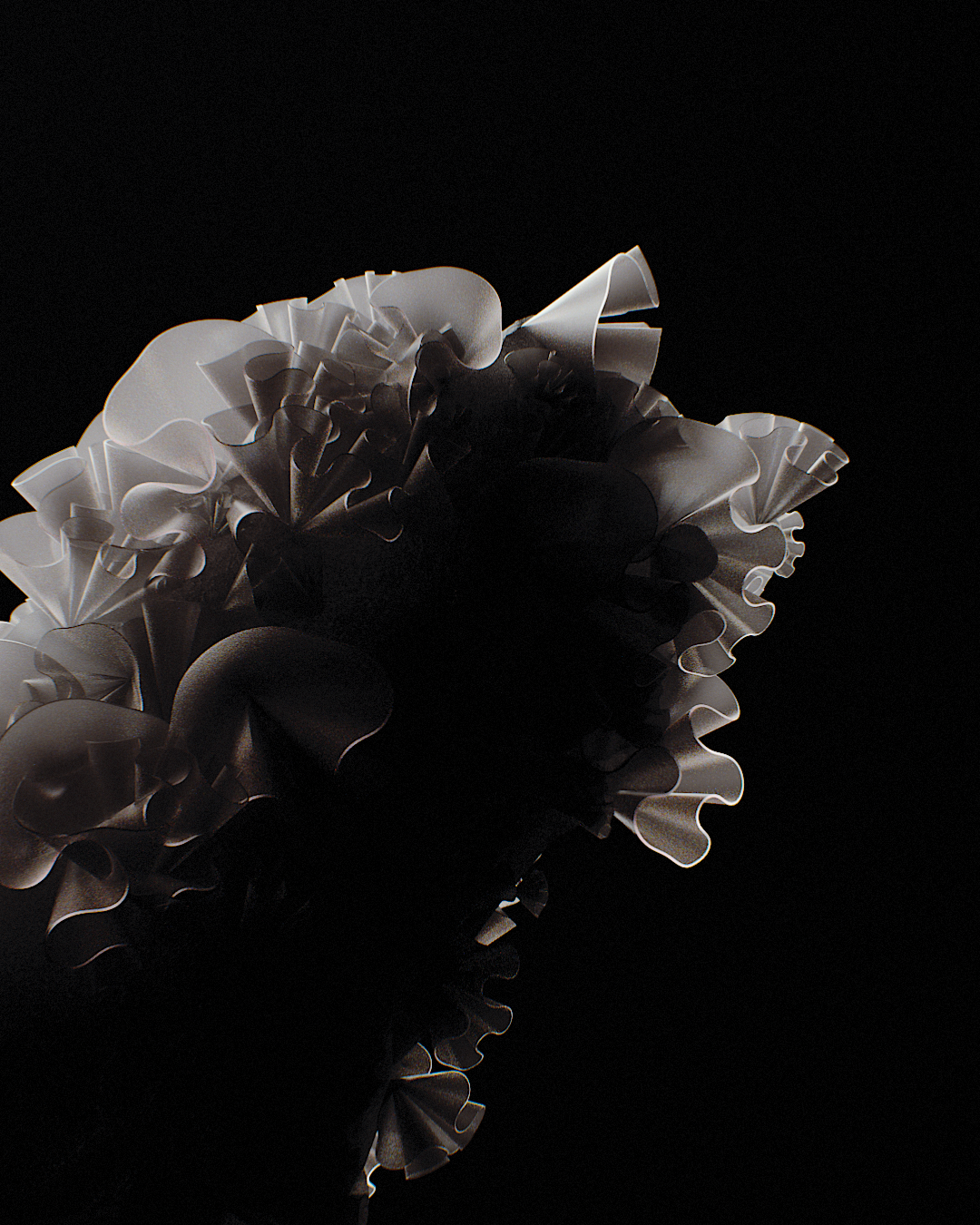
Spirals and Fibonacci sequence
Another pattern commonly seen in plants is the spiral one. It is one of two main models of leaf growth: spiral and vertical (or simply non-spiral). The latter means that leaves grow on a stem from the same nodes, and the former implies that every leaf emerges from its own point.
Vertical leaf arrangements differ from plant to plant, but the spiral pattern is constant in every plant - in this case, all the nascent leaves in a plant are separated by the golden angle, or 137.5°. The same angle and pattern can be observed not only in plants but in other living creatures, for example, tentacles of jellyfish are arranged the same way.
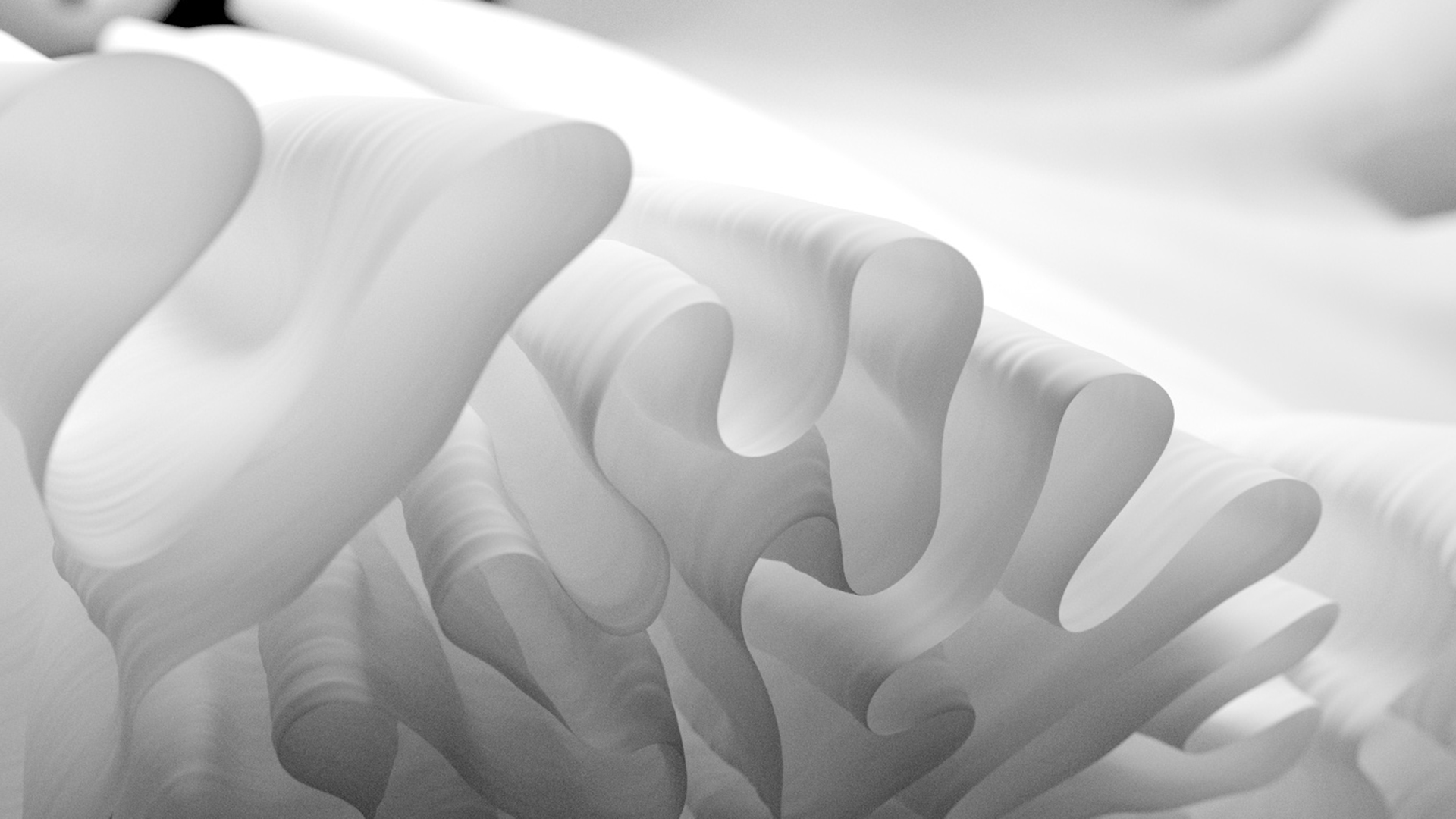

The spiral structure in emerging leaves results in another pattern in a grown plant—the Fibonacci sequence. With the plant’s growth, its leaves separate to form a new system in which angles between the leaves are Fibonacci fractions, for example, 1/2, 1/3, 2/5, 3/8, 5/13, 8/21, 13/34, 21/55, 34/89 and so on. This rule works not only for leaves but also for petals and seeds that are arranged in flowers the same way.
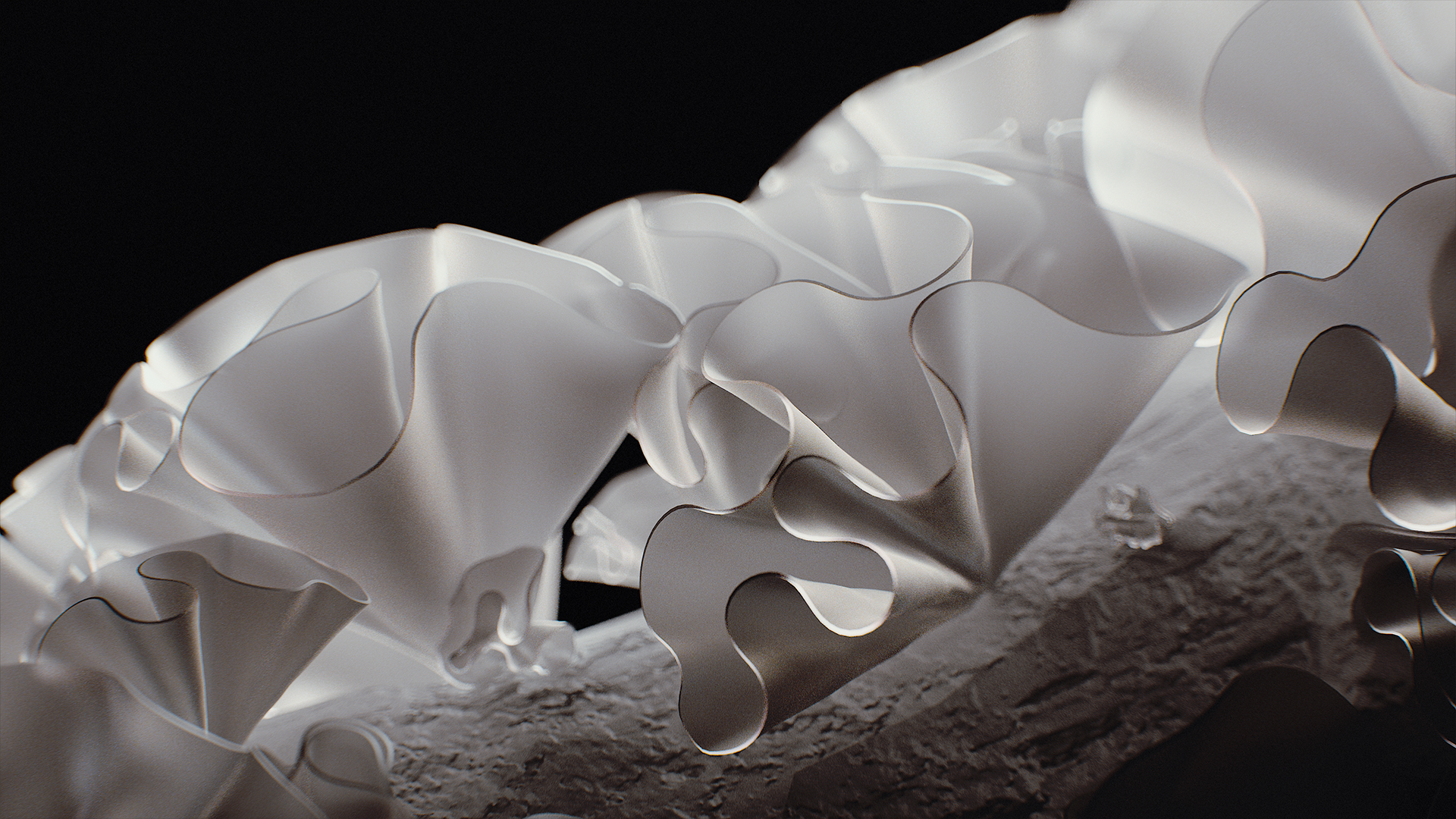
One of the possible explanations for this pattern is its energy efficiency: on conical surfaces, the Fibonacci spiral structure is a configuration with the least elastic energy.
Another hypothesis suggests that arrangement that follows the rules of the Fibonacci sequence and the golden angle leads to the most effective seed and leaf packing, maximizing the number of items that can be located in the limited space of a flower or a stem.
What also induces the spiral pattern to emerge is a biochemical factor. Auxin, a plant hormone that is responsible for its growth, is distributed irregularly, which causes different areas of a plant surface to grow at different speeds.
Conjunction of biochemistry, physics and mathematics, supported by the mechanisms of evolution, naturally-occurring patterns in plants show the connection between organic and inorganic worlds and between main forces that form those two realms, constantly affecting one another.
Asymmetry and networks
Even though there is a prejudice towards symmetry in many creatures, perfectly symmetrical plants need the support of seemingly disordered networks. Fungi connecting single plants into a coordinated network, through which they exchange information and nutrients, and roots both look like tangled threads, combined without any particular order.
In fact, fungi and roots follow the rules of fractal branching. When they grow, new cells appear on the tip of an existing branch and randomly divide into small branches, which repeat the parental branch. Those offshoots then grow and interconnect with each other, this phenomenon called anastomosis, and because of this coalescence, the initial structure of a fractal gets hidden.
Our research
Starting with shapes and movements in flowers, mushrooms, and succulents, we took a step further to find a new meaning of those forms. From organisms to sculptures—that was our goal, and we used multiple ways to move towards it.
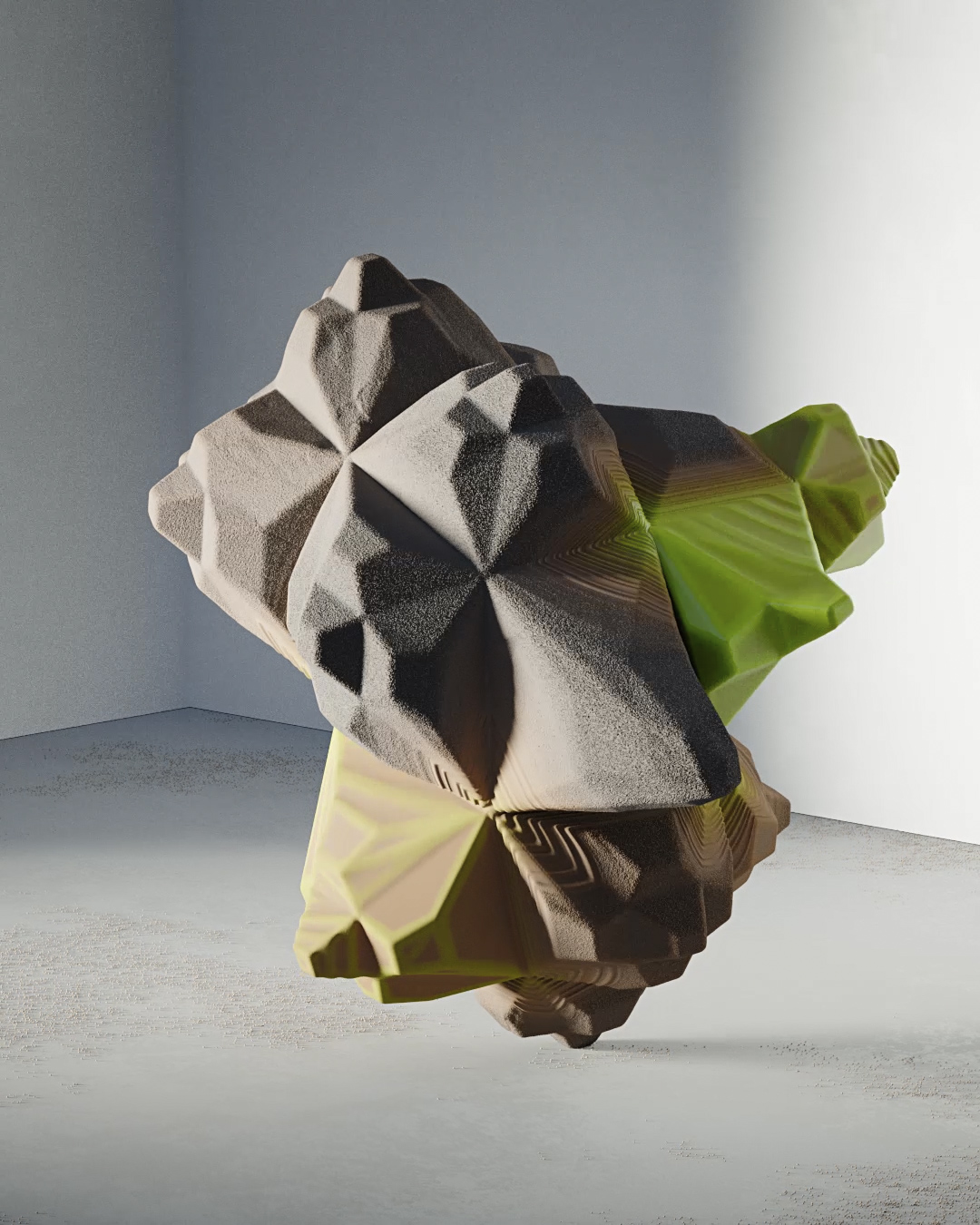
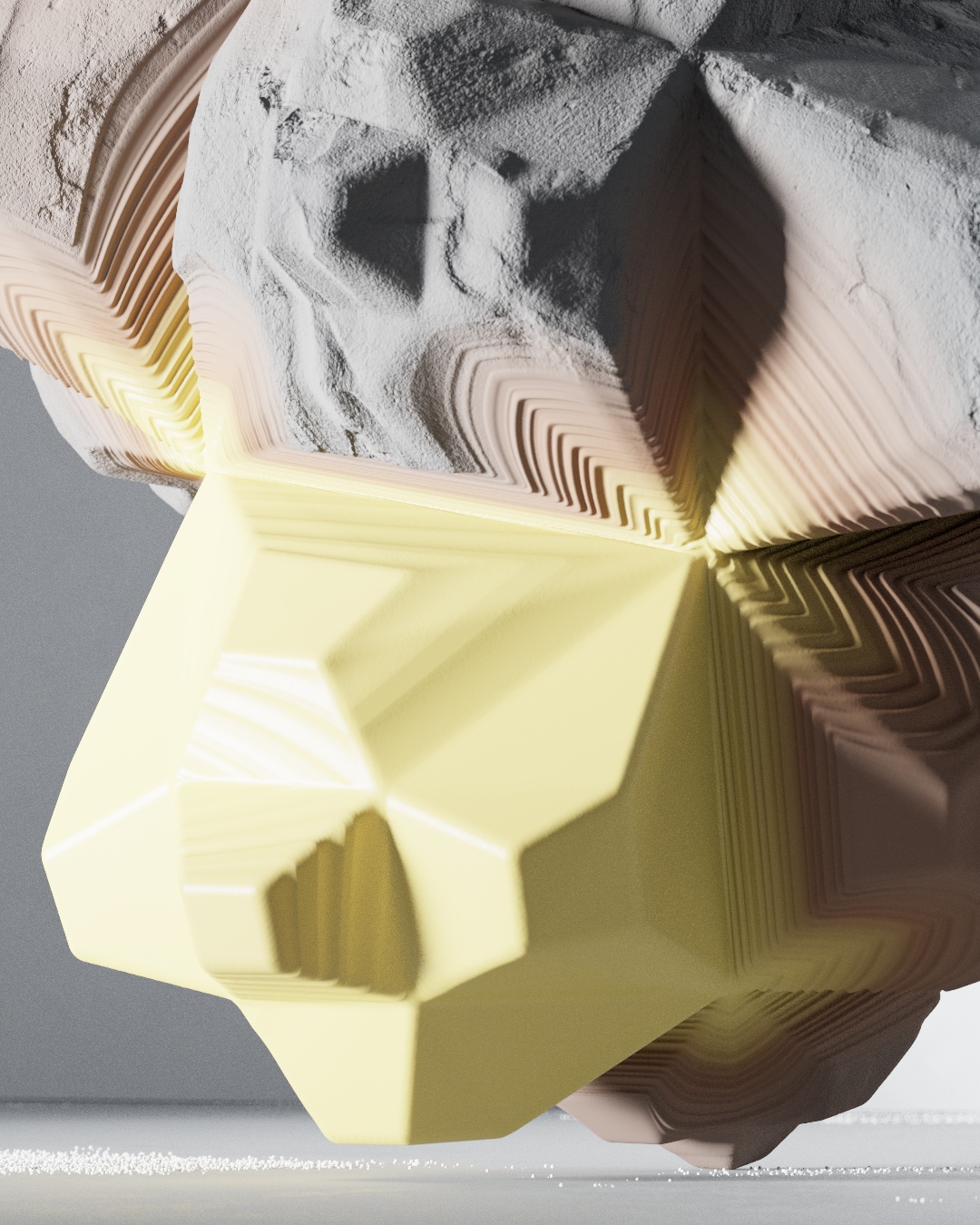
Some of our artificial flowers kept natural movement, which was combined with a texture and a feeling of stone. Others also changed their initial shape, with their petals made of fabrics or thin lines or with a new symmetry based on a square rather than a circle. Having created those peculiar objects, we looked at and through them to find new visual directions.
In other objects that we created, we explored their movement alongside their pure shape and look. We saw how these bizarre digital plants grow and evolve, based on natural patterns in the form of simplified mathematical expressions.
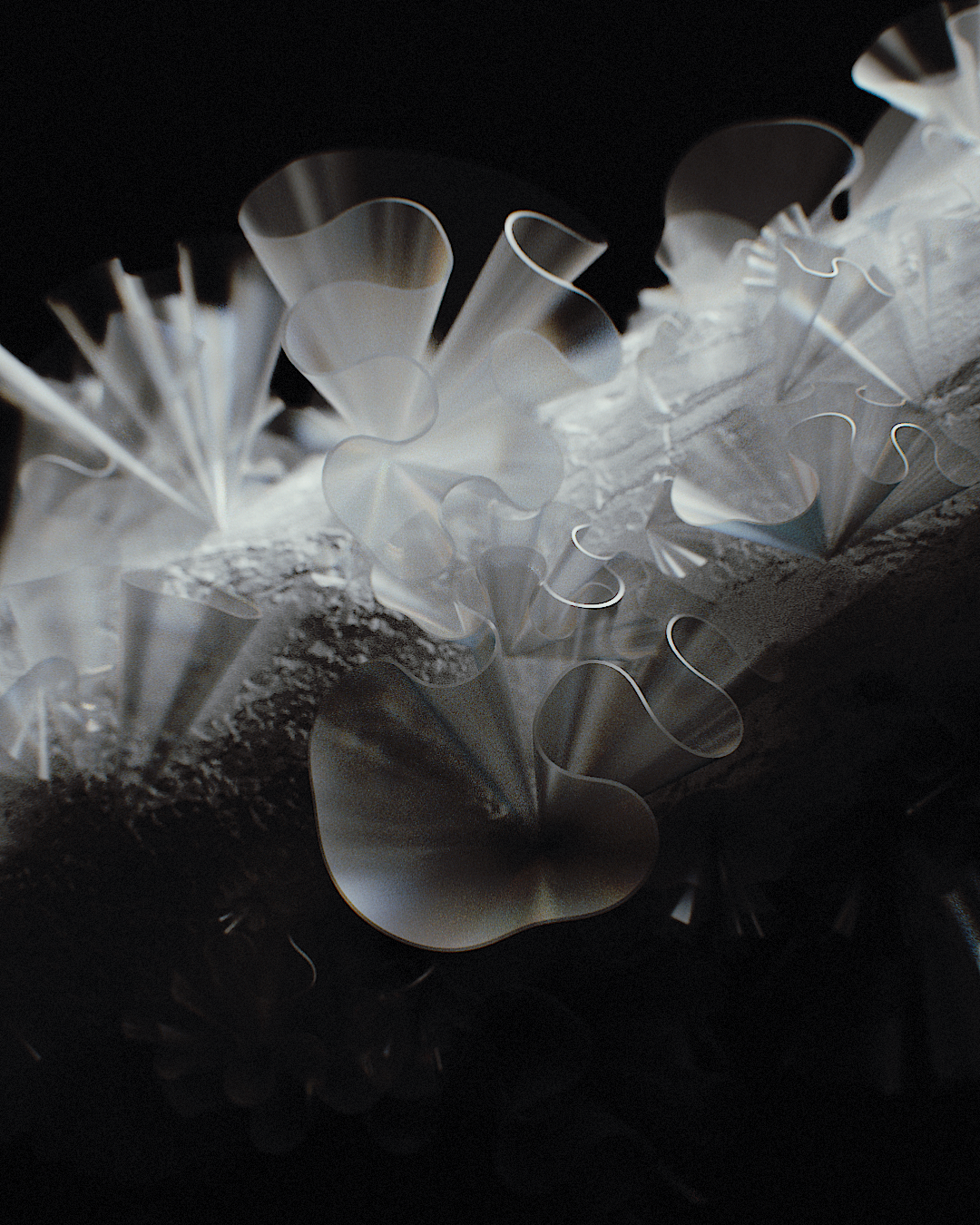

Credits
Creative Direction:
Maxim Zhestkov, Igor Sordokhonov
Design, Art Direction, Animation:
Phil Bonum, Sergey Shurupov, Dmitriy Ponomarev, Denis Semenov, Tatyana Balyberdina, Artur Gadzhiev
Writing:
Anna Gulyaeva
Year:
2020
Contact us >
work@media.work
Follow us >
Instagram
LinkedIn
Spotify
Media.Work > USA
453 S Spring Street
Ste 400 PMB 102, 90013
Los Angeles
Media.Work > UK
71-75 Shelton Street
WC2H 9JQ
London
Media.Work © 2024